The Otokar Zırhlı Personel Taşıyıcı (Armoured Personnel Transporter) or ZPT, as we saw in the last article in this section, is a derivative of the Short Brothers APV, writes Bob Morrison.
~
My previous Short Brothers APV and Otokar ZPT article not only attracted a fair bit of attention, as evidenced by a marked spike in our page viewing figures over the couple of days after it was published, but also prompted some questions from military Land Rover owners and enthusiasts about the Turkish derivative so I reckon a revisit to the topic is required.
The first questions asked by a couple of aficionados were variations on the theme of how many of the ZPT were procured and when did they enter service. The question arose because a wikipedia page only lists Iraq as having the Shorland APV (72) and the Otokar Akrep (573) on its inventory. While I was in the final throes of researching my university (Media Production) dissertation in 2001, as an immature mature student, I was warned by my academic advocate not to cite the fledgling wikipedia as a main source and to only use its database to find or confirm primary sources; I have followed Andy’s sage advice to this day. It is my assessment that, bearing in mind Shorts have not produced the Shorland for over two decades, the 72 figure possibly refers to armoured Ulster-built Land Rovers on the inventory pre-2003 and should be taken with a pinch of salt.
Deeper research, however, uncovered that the 573 figure refers to a batch of vehicles ordered from Otokar in 2005 as part of an $88million contract which was possibly underwritten by the Americans as part of their efforts to rebuild the Iraqi Army. As I have never seen any images of the Defender-based Otokar Akrep recce vehicle (I promise to shortly pen a brief article on this vehicle) in use with the Iraqi Army, I reckon these were most likely the Otokar ZPT batch which started to appear across Iraq in late 2006 and early 2007. Incidentally, in 2005 the US Government also funded the initial purchase of over 300, later increased to nearly 400, Otokar-built Land Rover military ambulances for Iraq and by chance my colleague Carl Schulze photographed some of these in transit that autumn (we will cover this in a separate future article too).
Carl undertook a number of trips to Iraq, from just after the 2003 invasion through to the OIF drawdown eight years later, and during several of his assignments he photographed the Otokar ZPT in Iraqi Army service while covering joint American and Iraqi patrols. All of these vehicles were of similar specification to the vehicle which Otokar displayed at DSEi 2007 in London and had the reworked front design which incorporated one-piece front wings with less rake than the original angular and slab-sided Shorts S-55 wing design upon which the earlier ZPT had been based. These different wing, and associated bonnet, designs prompted further questions from readers of my last article.
[Above: 2005, 2007 and 2019 bonnet & wing close-ups [© Bob Morrison]
As can be seen from this triptych of bonnet & wing close-ups, the ZPT has had three basic front end designs over its roughly 30-year production life. The original, I will call it ZPT Mk.1, was at first powered by the Rover 3532cc (3.5-litre) V8 petrol engine and later by the larger bore 3946cc (3.9 litre) variant. As this was the same engine used by the Shorts APV, first on the Stage One 109” leaf-sprung chassis and then on the new One-Ten coil-sprung chassis, there was no need for Otokar to change the basic wing or bonnet design. However there were changes to the location of the armoured air intake cowl, which on early models can be seen on either the bonnet or the wing top. Otokar also incorporated the curved One-Ten mudguard design rather than the more angular Shorts versions; incidentally, having plastic ‘cheeks’ on the Turkish ZPT, rather than the steel plates of the Ulster APV, allowed slightly better under-wheel mine blast dissipation.
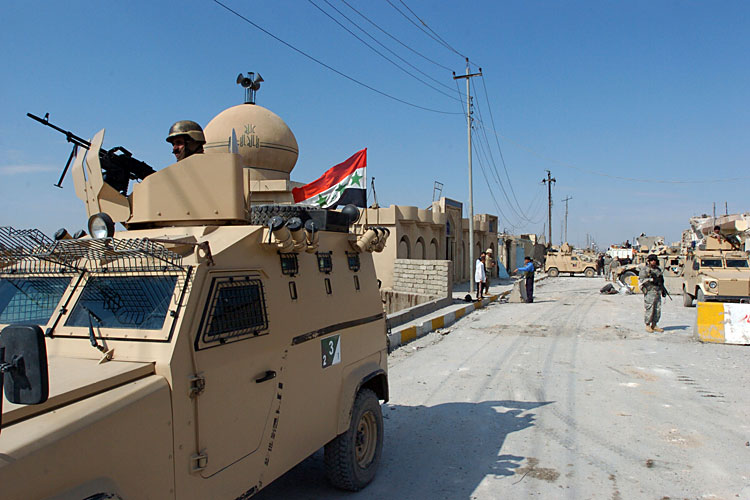
By the mid-1990s as most armies were going over to diesel fleets and the latest model Land Rover 2495cc four-cylinder 300 Tdi diesel engine now provided sufficient power, Otokar started offering this engine in the VPT as an alternative to the petrol V8. As these engines and the later five-cylinder 2498cc five-cylinder Td5 diesel engine (introduced from 1998 for the European market because the 300Tdi was not Euro III compliant) were all able to fit the standard Defender engine bay there was no need to modify the ZPT bonnet or wings, but by the time that the Iraq order was placed in 2005 Otokar were working on the redesigned front end with moulded one-piece wings which not only sloped less but were also slightly raked at the front to make the vehicle a little more aerodynamic (over the years the Land Rover has often been described as having the aerodynamic properties of a house brick on wheels). As a result of these wing design changes on what I designate the ZPT Mk.2 the bonnet now sat flush with the wing tops rather than there being visible vertical engine bay side fillets beneath it.

In 2007, after the Iraqi Army ZPT fleet had been delivered, a 2402cc four-cylinder Ford DuraTorq engine (known as the Puma in Land Rover circles) replaced the earlier Tdi and Td5 diesel engines and after about four years this was replaced by a more powerful 2198cc version until the end of Defender production. Otokar fitted the Puma engine to later large ZPT batches ordered by at least two countries, including Azerbaijan from around 2009 and Bahrain from around 2012. Such vehicles, which I have designated ZPT Mk.3, have the same one-piece wings as the Mk.2 but have an angular bonnet with pronounced bulge at the rear to accommodate the Puma engine; a bulged bonnet is the easy identifier for standard civilian and military Defenders fitted with the Puma engine.
Finally, while searching through my reference library of brochures I turned up one which gives specifications for what I believe to be the last ZPT model (i.e. Mk.3) offered for sale by Otokar, who now only offer their larger and heavier Kobra (Cobra) models at the bottom end of their armoured vehicle range. According to the brochure, which I believe dates from 2011, the ZPT measures 4150mm x 1810mm x 2260mm to the top of the hull and has a combat weight of 4100kg. The only engine offered was a 4-cylinder common-rail turbo-diesel engine with intercooler developing 90kW (122hp) at 3500 rpm, which gave a top road speed of 125km/hr. Side slope was given as 30%, Gradient as 60%, fording depth as 600mm, vertical step as 315mm and turning radius as 6.7 metres. Not mentioned in the documentation, the chassis is Otokar’s own strengthened version of the Defender 110 chassis which Land Rover used for both the upgraded CAV 100 / Snatch and R-WMIK+ vehicles used by the British Army.

Hopefully this revisit to the ZPT story will answer any questions that our faithful military Land Rover aficionado readers have, but if not drop me a personal message on our info@ email (be aware this is a spam magnet so it is only checked every few days) or through our social media pages.
[images individually credited]


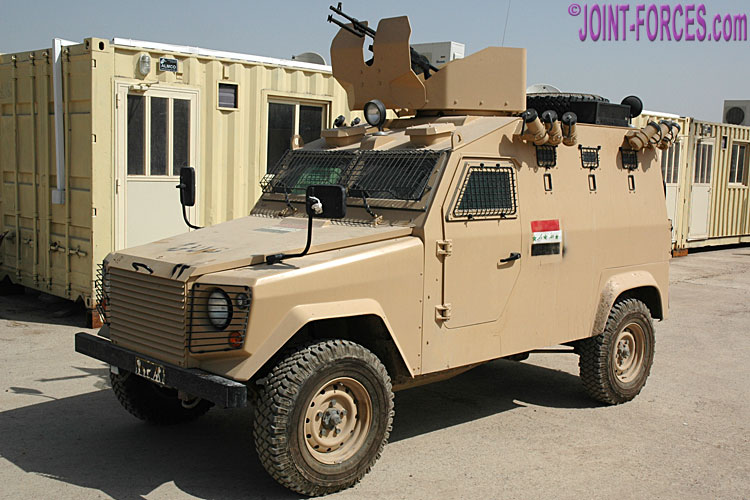
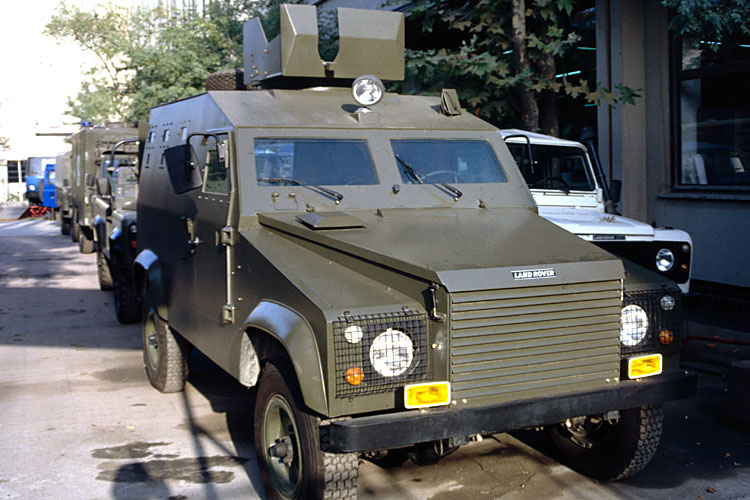
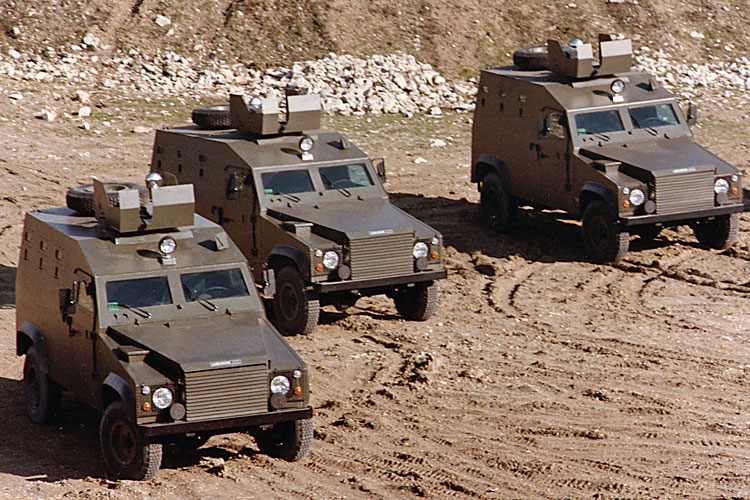
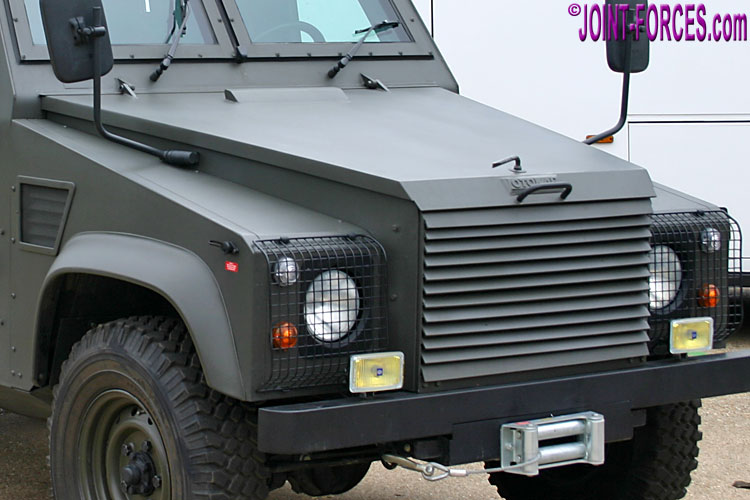
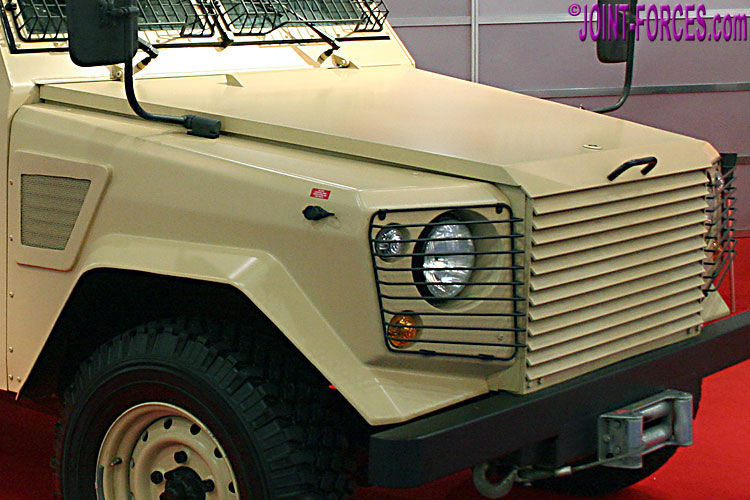
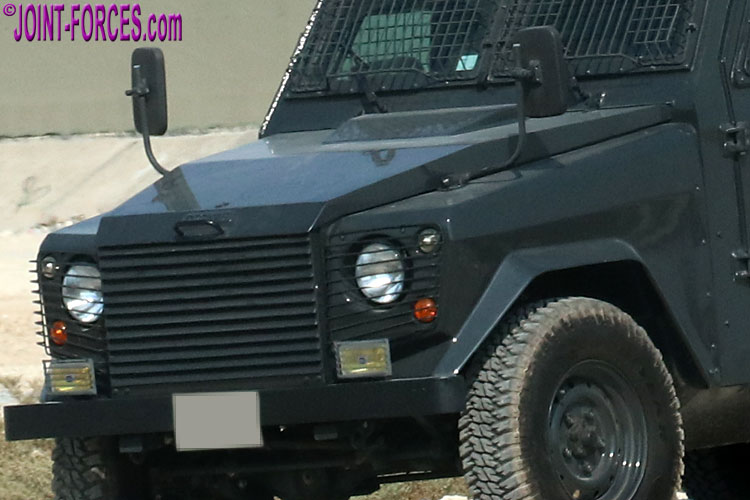


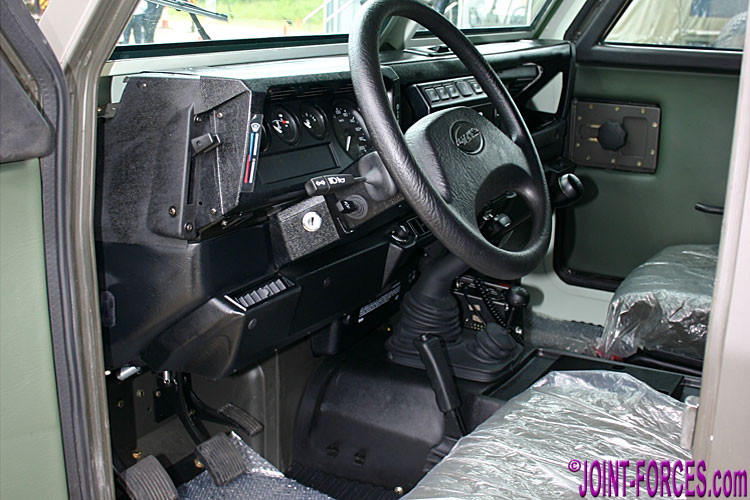
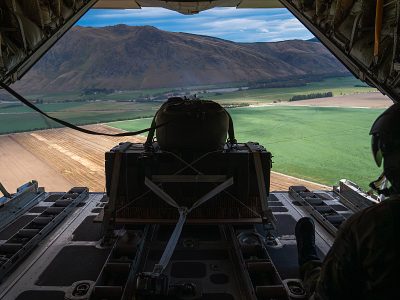
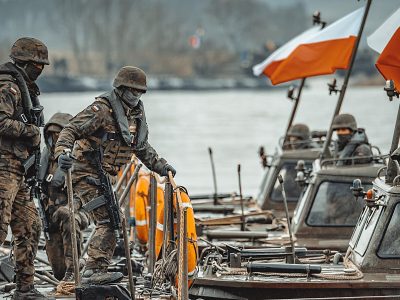
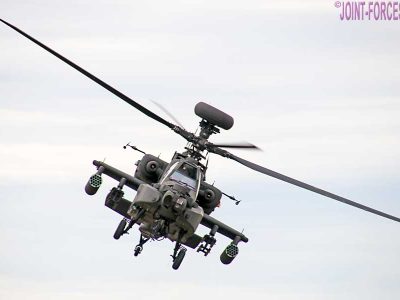
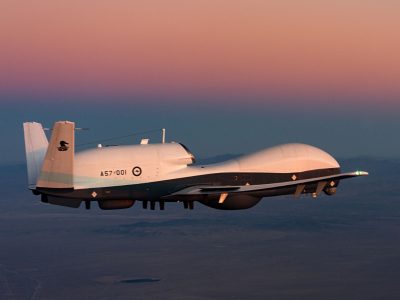












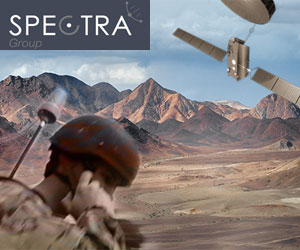

Pingback : Otokar Akrep Armoured Patrol Car - Joint Forces News
Pingback : MLR40 ~ Otokar and Demonstrator Defender 90 Gunships - Joint Forces News
Pingback : MLR41 ~ Otokar Soft Top Defenders Pt1 - Joint Forces News
Pingback : MLR42 ~ Otokar Soft Top Defenders Pt2 - Joint Forces News
Pingback : MLR51 ~ Otokar Defender 110 Special Operations Vehicle | Joint Forces News